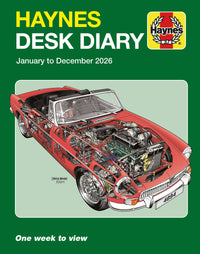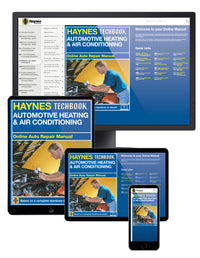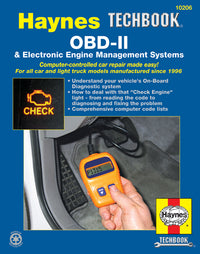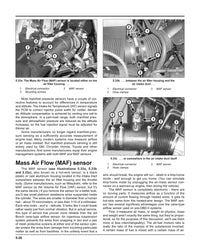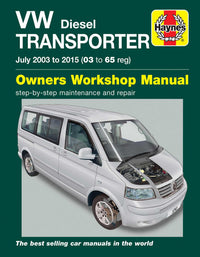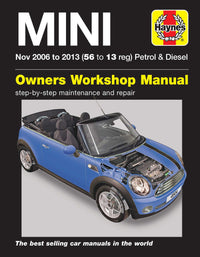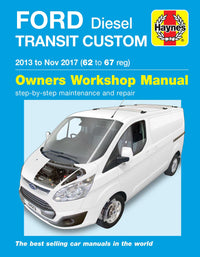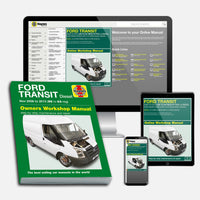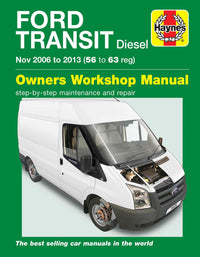How much does a new fuel pump cost?
| Fuel pump | £80-£300* |
| Seals | £10 |
*Price varies hugely depending on model
How much could I save by replacing the fuel pump myself?
Fuel pump replacement is a straightforward job, but it's rather involved because it usually entails removing the car's rear seats to gain access to the pump in the top of the fuel tank. In some cases, the fuel tank may have to be removed to gain access. The seat removal method should take less than a couple of hours, but disconnecting and removing the tank can take up to five hours.
A main dealer can charge you up to around £150 for an hour's labour, which can result in a bill of £750 before you've even factored in the pump, so this is a job well worth doing yourself, with a Haynes Manual by your side (which will walk you through the job, step by step).
Find a manual for your car here and start saving with Haynes
How an engine’s fuel pump works
Your car’s fuel pump, like all cars with fuel-injected engines, is an integral part of the fuel tank. It comprises an electric motor and sends fuel under high pressure to the engine’s fuel injectors via fuel lines.
On some cars the fuel pump, fuel level sending unit and fuel filter may need to be replaced together. Haynes will advise you if that’s the case and will provide full instructions on how to change it.
The fuel pump’s operation is controlled by the car’s ECU. In the event of an accident the fuel pump can be shut off to reduce the likelihood of an engine fire starting.
This task requires experience and a good tool kit. This job will take up to four or five hours to complete, depending on your model.

When a fuel pump goes bad
“The symptoms of a faulty fuel pump may be confused with a clogged fuel filter or mis-fuelling”
There are several signs that a fuel pump is on the way out. The most obvious is that the car won’t start, because the pump is unable to get the fuel to the engine. It’s likely that other symptoms will have shown themselves first, though.
These include a loss of power when accelerating, an intermittent stuttering when running at higher speeds and an unexpected surge in acceleration because the pump cannot maintain a constant fuel pressure.
The symptoms of a faulty fuel pump may be confused with a clogged fuel filter or mis-fuelling, so it’s important to get the problem diagnosed properly before you begin work - an error code generated by the onboard computer is a good place to start.
All cars are slightly different, so if it is time to change your fuel pump, use our before-you-begin checklist, and find your car for specific instructions.
Tools you will need
A comprehensive toolkit may be needed for this task, depending on your model
- Floor jack (if necessary). Not your car’s emergency jack
- Axle stands
- Fuel pressure gauge with bleed-off valve/drain hose
- Spanner set
- Socket set
- Pliers
- Needle-nose pliers
- Large adjustable pliers
- Flat-bladed screwdriver
- Phillips screwdriver
- Rags
- Power drill


